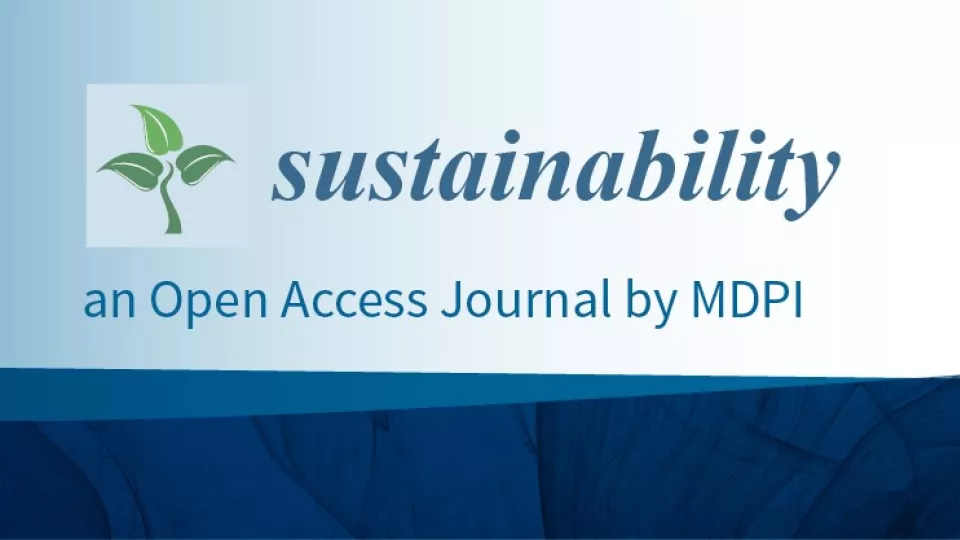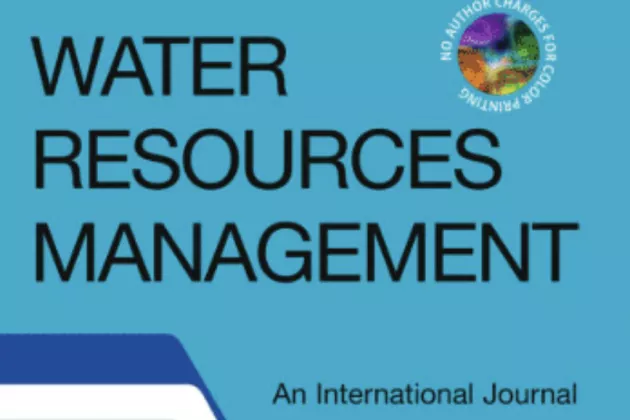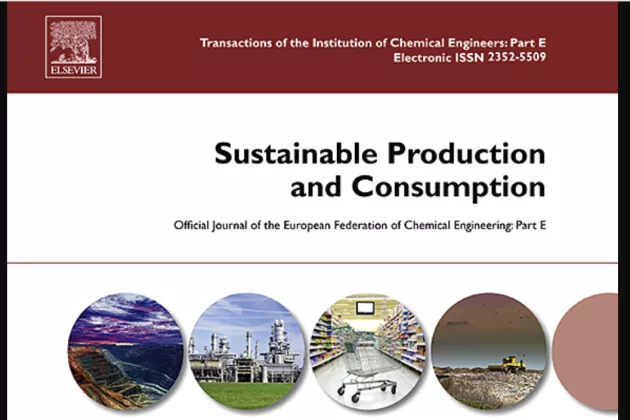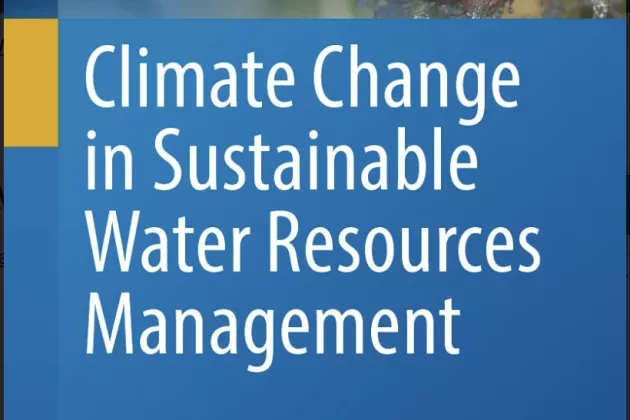In recent years, farmers in Beja, an agricultural governorate in northwestern Tunisia, have expressed their willingness to use urban sewage sludge as agricultural fertilizer, especially with the unavailability of chemical fertilizers and the soil type of the region that is poor in organic matter. However, there is an imbalance between the important farmers’ demand versus the limited quantity of sludge produced by the Beja wastewater treatment plants (WWTPs). In the face of this, this study aims to identify the problems related to the agricultural reuse of sludge in Beja and propose solutions to solve them. The quality of the sludge produced by the five Beja WWTPs was assessed based on physicochemical and microbiological parameters. The data were collected using the Delphi method, with 15 experts representing different positions on the issue treated. The SWOT-AHP methodology was used to define the strategies promoting the sustainable use and management of urban sewage sludge for sustainable agricultural development in Beja. Results showed that there were no problems with compliance with the Tunisian standards NT 106.20 for the sludge produced. A set of twelve practical conclusions was identified, constituting the strategies of Strengths–Opportunities, Strengths–Threats, Weaknesses–Opportunities, and Weaknesses–Threats deduced from the SWOT-AHP.
Ronny Berndtsson's research profile
This publication is part of the FASTER research project.





